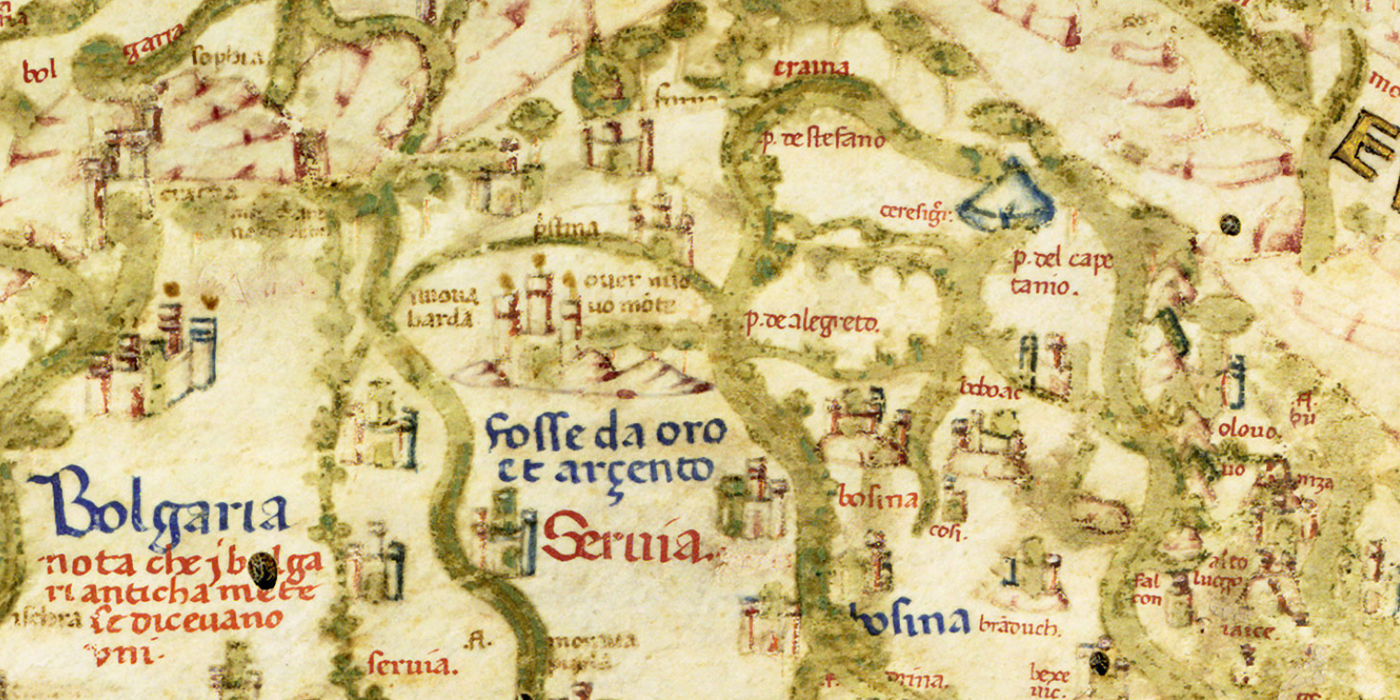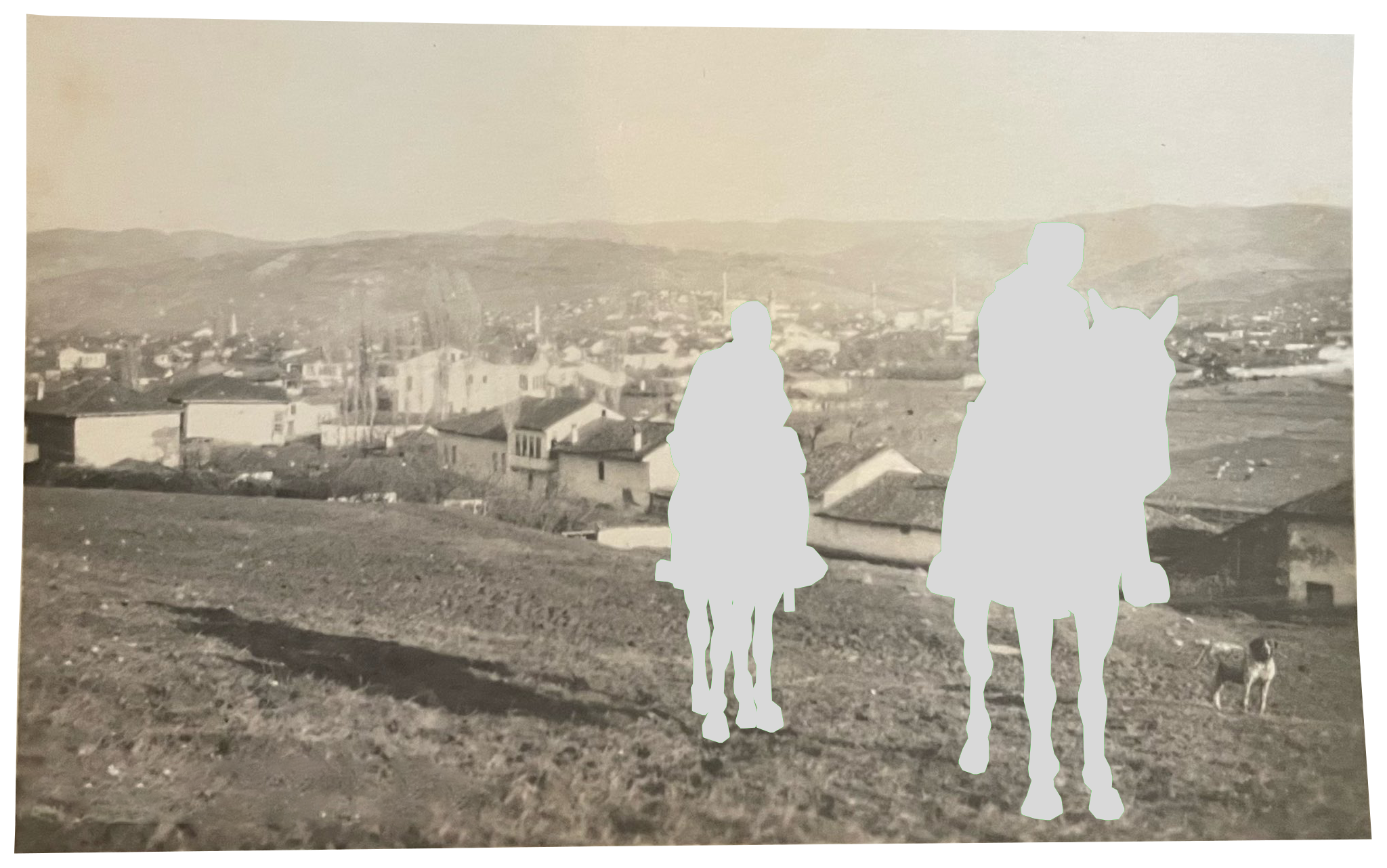The format of this platform, which aims to collect and make available to the general public resources and knowledge about the history of the city (and region) of Pristina, is a bit unusual. It is not an online scientific journal, nor is it a city tourism promotion site, as are usually developed for different cities. The platform may have some similarities with the format of online museums, which have been developed in recent decades, but it cannot be considered as such. So what is this platform? Although it is being done?
In the absence of a better name, we have called it the crux 1 of Pristina's history. The humanities and digital technology have proven to be a useful mix, allowing the translation of materials from different languages with ease, quick access to digital materials of archives and libraries anywhere in the world. The fastest qualitative analysis, and definitely the most qualitative and accurate graphic presentation. So scientific research today is much easier. On the other hand, the same technology and the combination of fields allows the presentation of data to the public to become faster, easier and better. This is why we have chosen to use the fusion of humanities with digital technologies to produce a scientific platform that is dedicated to a wide audience. So, not to have a scientific journal that will be used and understood only by specialists; but not a tourism platform that brings only the main data, but to produce something that is at the service of both of these groups. A laramane platform. Easier project on paper than in practice anyway.
Having this goal in mind, the texts and articles that will be published here can be short and in simple language, but always well referenced in footnotes and with verified sources. Qerthulli will be similar to museums in the sense that the materials will be presented in categorized forms, targeting a heterogeneous public. Three types of materials will be compiled on this occasion: (1) 'History of Pristina in general outlines,' which is the most superficial part of the platform. Usually composed of very short (hopefully interesting) texts with verified data but which are generally well known by the specialist public. This type may have more graphics, interactivity and graphical representation; (2) 'History of Pristina for a more interested public,' which brings rarer details and data on a certain topic about the history of the city. So, a more detailed representation of the first level data; and, (3) The history of Pristina for those who have a deep interest in an issue, and who may also be researchers. This type of material can be longer, and more like scientific articles that are published in journals of the field.
The time targeted by this crucifix covers the period from the first attestation of the city at the end of the 13th century to the end of the 19th century. There are several reasons why we have chosen these dates. First, the general interest of researchers in this period is on the decline. On the rise (although still very little in volume) is research into the post-World War II period, primarily from a more cultural perspective. Studies about the last war are also growing, quite rightly. Studies on the period of the 19th century and earlier, for various reasons, are published much less often and in journals that are not always dedicated to a wide audience. On the other hand, this period of history is loaded with so many political contradictions that the data often seem to be compromised. The fact that the documents from the earliest times are not easily accessible to the public also plays a significant role, they are scattered in different archives in different centers in Vienna, Rome, Dubrovnik, Venice, Istanbul and Belgrade. Thus, the difficulty in deciphering the documents, the complexity and confusion of the narratives of the period before the 20th century makes it less attractive to researchers and perhaps to ordinary readers.
On the issues of nation and nationalism
At the heart of the book are original documents of the history of Pristina that are kept in various archives. These may have been published sometimes in Albanian, or more often in other languages, but they have never been collected in one place to be open to a wide public. On the other hand, some of the documents are published here for the first time, allowing (and hopefully encouraging) studies about the history of Pristina by various specialists and professionals in the humanities. Based on these documents, several articles have been produced, of different types, some longer and detailed, and some shorter and superficial, but always informative.
-
1
In the Dictionary of the Albanian Language, we find many meanings with this name, and not always quite close. In our case, the usage is in a figurative sense as “[a series of events, actions or phenomena, which make up a complete circle. Still a legend. He showed a series of brave deeds.” The platform weaves a tangle of truths about the history of Pristina.


